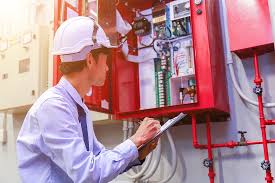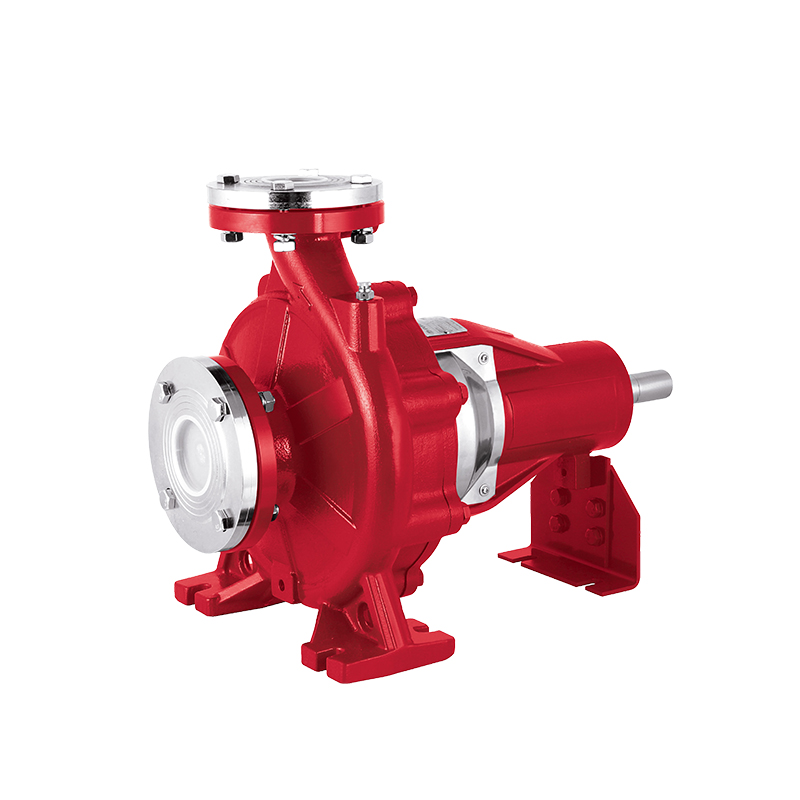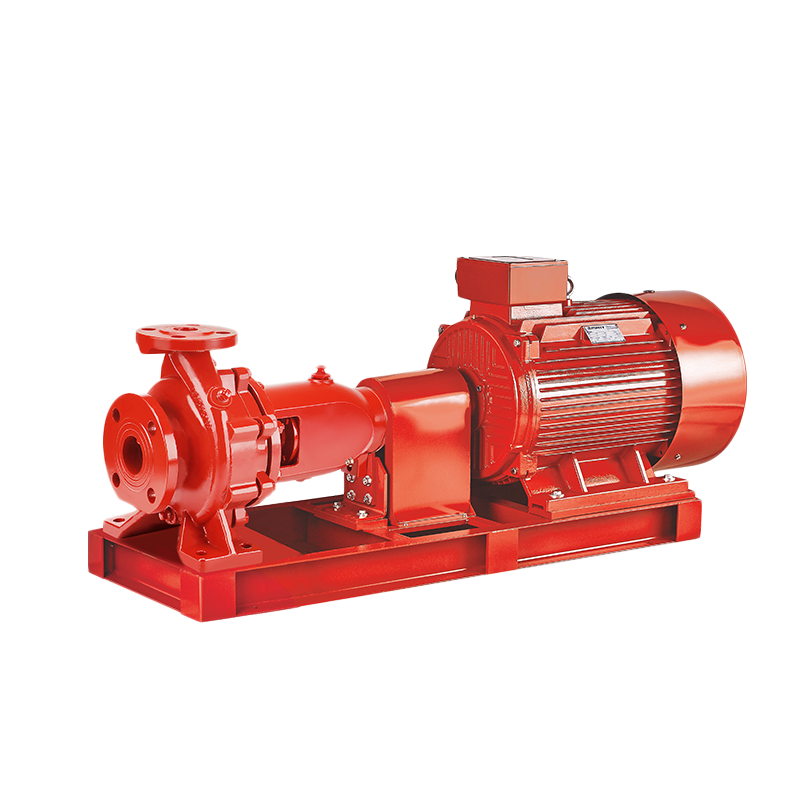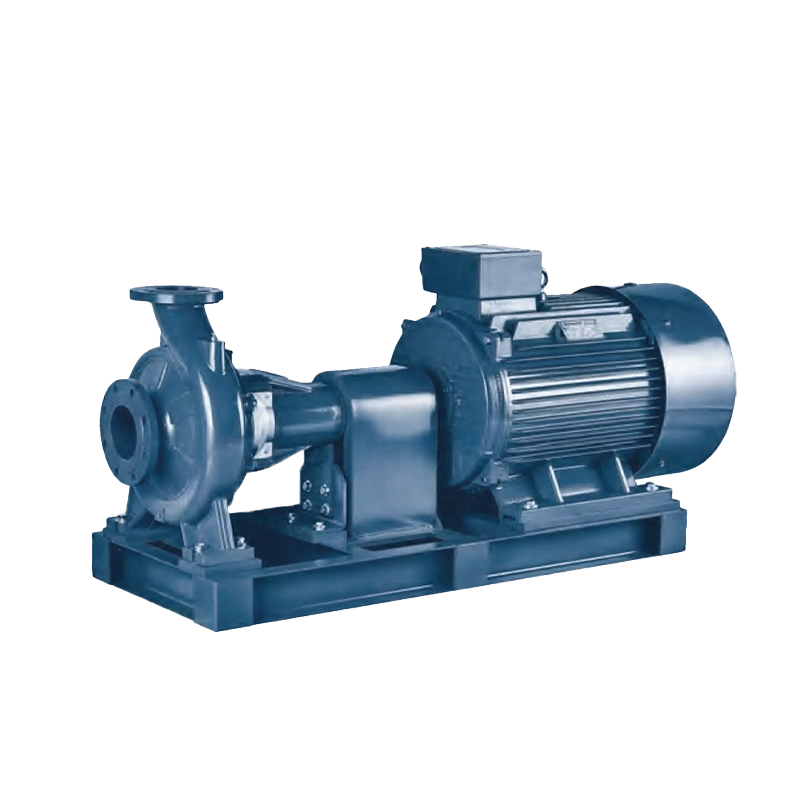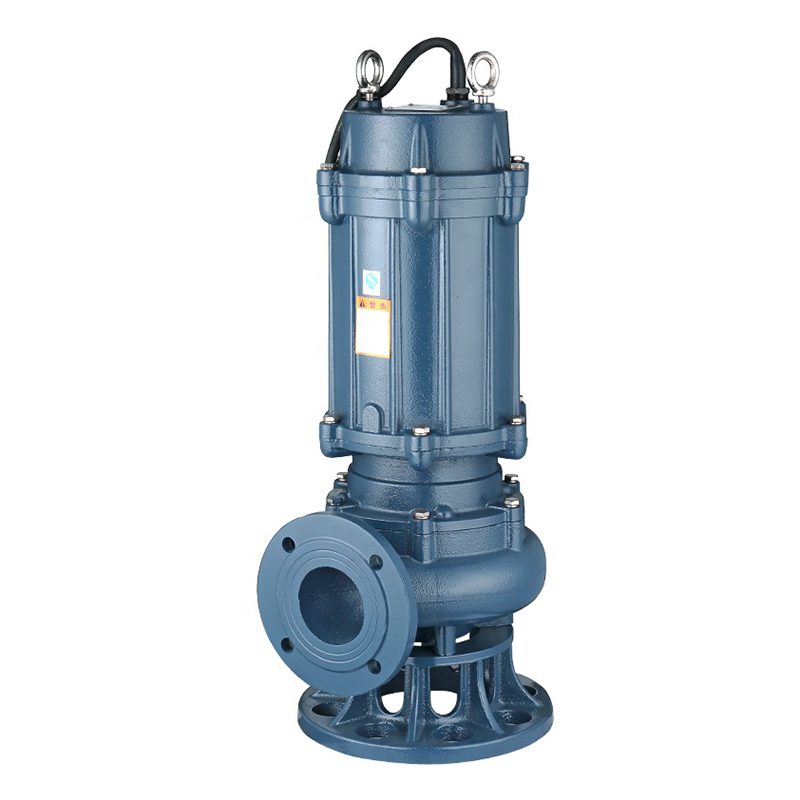Split-case pumps are a widely used type of general-purpose mechanical equipment, extensively applied in petroleum, chemical, power, metallurgy, mining, shipbuilding, light industry, agriculture, civil engineering, and national defense sectors, playing a vital role in the national economy.
What is a Split Case Pump?
A split case pump, formally known as a horizontal split case pump, is a type of centrifugal pump where the casing is divided horizontally along the shaft's centerline. This unique "split" design allows for easy access to the pump's internal components—such as the impeller, shaft, and bearings—without disturbing the motor or the connected piping.
Operation of Split-Case Pumps
Before starting the pump, the pump casing is filled with the liquid to be pumped. After starting, the impeller rotates at high speed driven by the shaft, and the liquid between the blades must also rotate. Under the action of centrifugal force, the liquid is thrown from the center of the impeller to the outer edge and gains energy, leaving the outer edge of the impeller at high speed and entering the volute casing. In the volute casing, the liquid decelerates due to the gradual expansion of the flow channel, converting some of its kinetic energy into static pressure energy, and finally flows into the discharge pipe at a higher pressure, delivering it to the required location. When the liquid flows from the center of the impeller to the outer edge, a certain vacuum is formed at the center of the impeller. Because the pressure above the liquid surface in the reservoir is greater than the pressure at the pump inlet, the liquid is continuously forced into the impeller. Therefore, as long as the impeller continues to rotate, the liquid will be continuously drawn in and discharged.
Key Advantages of Split Case Pumps
Why are split case pumps so widely specified by engineers? Their benefits are directly tied to their innovative design:
Easy Maintenance and Inspection:
The horizontally split casing is the standout feature. For routine inspection, impeller replacement, or seal maintenance, technicians simply unbolt the upper half of the casing. This provides direct access without needing to disconnect the pump from the pipework or move the driver motor, drastically reducing downtime.
Robust and Durable Construction:
Designed for heavy-duty service, split case pumps are built to last. They typically feature double-volute casings that minimize radial thrust, extending the life of bearings and seals, especially during operation away from the Best Efficiency Point (BEP).
High Efficiency and Performance:
These pumps are engineered for high flow rate applications. Their design minimizes hydraulic losses, making them exceptionally energy-efficient for moving large volumes of water or other low-viscosity fluids.
Double Suction Impeller:
A key component in most HSCPs is the double-suction impeller. Fluid enters the impeller from both sides, which balances the axial hydraulic thrust, reducing load on the bearings and improving the pump's stability and service life.
Space-Efficient Design:
While they have a larger footprint than some vertical pumps, the horizonta
How to Select the Right Split Case Pump
The rational selection of a split-case pump involves comprehensively considering the investment and operating costs of the pump unit and pumping station, ensuring it meets the principles of economy, safety, and applicability. Specifically, the following aspects should be considered:
1. The pump must meet the requirements for flow rate and head, meaning its operating point (the intersection of the system characteristic curve and the pump's performance curve) should consistently remain within its high-efficiency range. This saves power and minimizes damage to components.
2. The selected pump should be small in size, lightweight, and inexpensive, while also possessing good characteristics and high efficiency.
3. The pump should have good cavitation resistance, stable operation, and a long service life.
4. The selected pump should have low initial investment and low operating costs.
For high-volume fluid transfer where downtime is costly, the horizontal split case pump is an unbeatable solution. Its design prioritizes long-term reliability, operational efficiency, and straightforward maintenance. By carefully assessing your application needs and selecting a pump from a reputable manufacturer, you invest in a workhorse that will deliver performance for years to come.
 English
English عربى
عربى
 Fire Pump and System
Fire Pump and System Split Case Pump
Split Case Pump Engine and Pump
Engine and Pump Long Shaft Pump
Long Shaft Pump Multistage pump
Multistage pump Water Supplier System
Water Supplier System Sewage Pump
Sewage Pump Industrial Pump
Industrial Pump Self-Priming Pump
Self-Priming Pump Inline Pump
Inline Pump Domestic Pump
Domestic Pump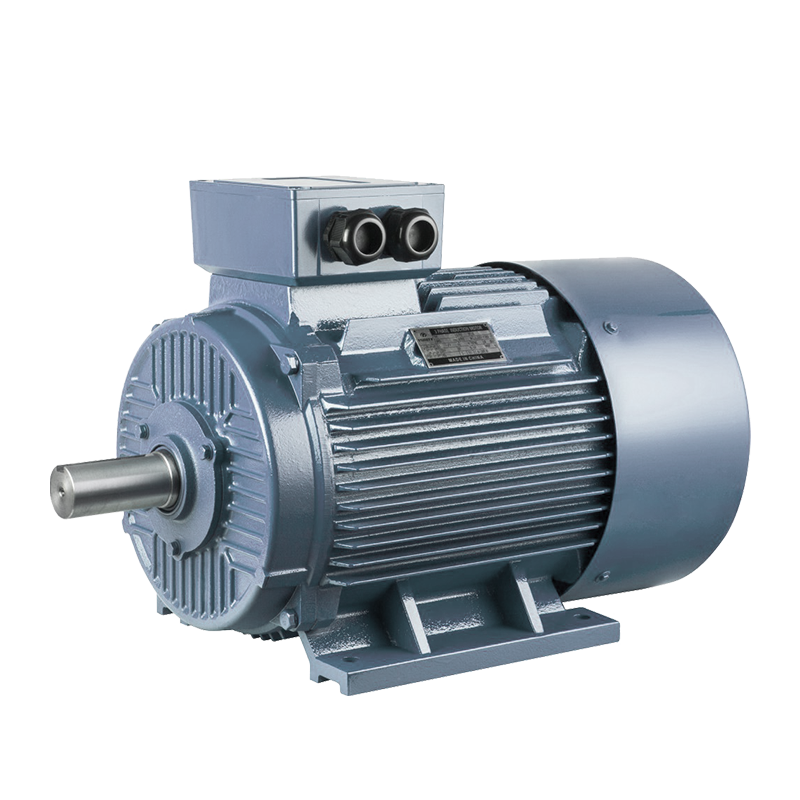 Electric Motor
Electric Motor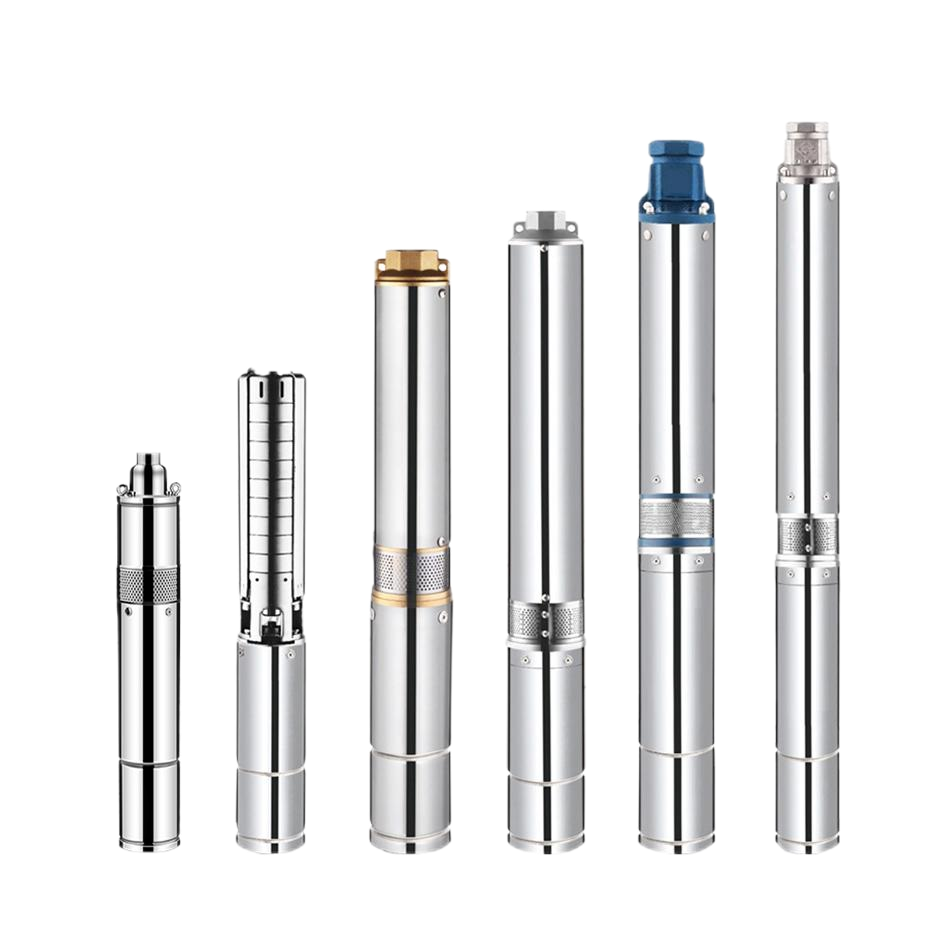 Borehole Pump
Borehole Pump